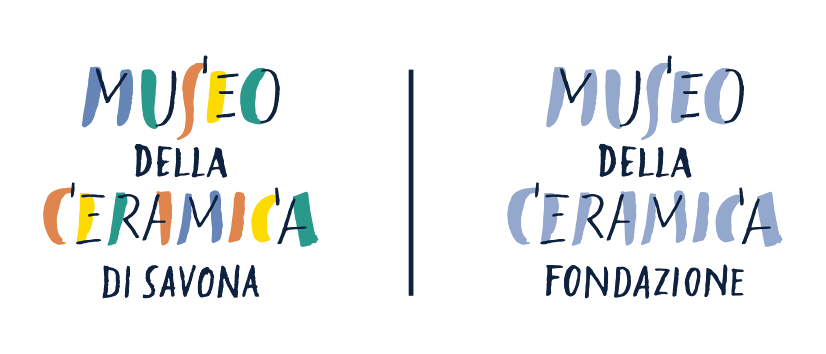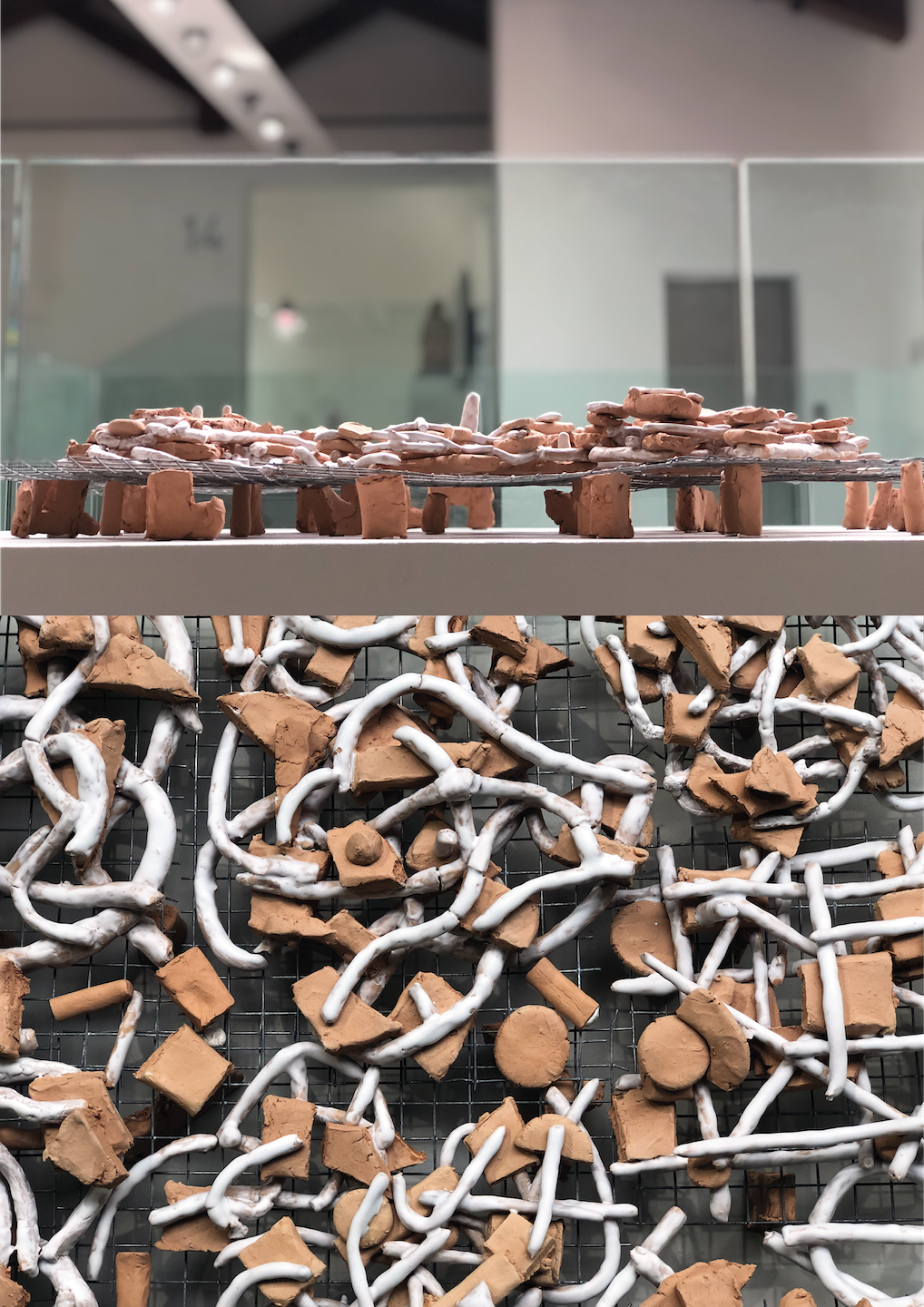January 1–December 31, 2019
Via Ambrogio Aonzo, 9,
Palazzo Monte di Pietà,
17100 Savona
Italy
The virtual tour of the ceramic work Città (City) by architect Yona Friedman, an icon of utopian post war architecture, launches the new programme at the Savona Museum of Ceramics, Italy, under the artistic direction of Tiziana Casapietra. The programme embodies an interdisciplinary vision of ceramics, whose function is to act as a bridge between local tradition, international artistic research, scientific experimentation, advanced technology, past and future.
Already part of the museum’s collection, Yona Friedman’s clay cities from 2002 will be opened up to virtual visits using VR visors and 3D technology, provided by the museum’s partnership with the Department of Architecture and Design at Genoa University, Italy. The project will be presented to the audience in the course of 2019. The role played by technology in bringing art and culture to fruition will also be part of the discussion.
The project with Yona Friedman is the first in a series in which the Savona Museum of Ceramics has planned to reposition and/or develop works which are already part of its collection. Whenever possible, the authors are personally involved in the re-installment of their work as part of a dialogue with the museum space and its historical collections.
Over the past few months we have been working on the repositioning and/or development of the works of the following artists: El Anatsui, Simone Berti, Bili Bidjocka, Andries Botha, Vincenzo Cabiati, Simonetta Fadda, Rainer Ganahl, Alberto Garutti, Corrado Levi, Multiplicity (Matteo Ghidoni, Alessandro Petti), Adrian Paci, Michelangelo Pistoletto, Franco Raggi, Luca Vitone, Shimabuku, Vedovamazzei.
Here are some of the partnerships we have developed so far:
El Anatsui (recipient of the Golden Lion for Lifetime Achievement at the Biennale di Venezia 2015) has been involved in developing his work Personal Security, which consists of about 20 ceramic padlocks. This work revolves around the antinomics concepts of security and fragility.
Andries Botha’s 2003 work Towers commemorating the 9/11 tragedy has been installed. It consists of a large ceramic tower and a video that portrays its own collapse. “The work was created by using fixed linear units of measure in fired ceramic, reconvened as structure represented as multiples of that measure. The ruinous consequences of yielding and promoting that empiricism as truth would suggest that chaos can become order by the mere calculus and measure of reason alone. (AB)”
Luca Vitone, whose work has recently been the subject of an extensive retrospective at the PAC in Milan, worked with us on the installation of the video Il Volo del Grifo/Flight of the Grifon (Courtesy gallery Pinksummer, Genoa and the artist) which accompanies the terracotta work Il Piffero delle Quattro Province/The Pipe of the Four Provinces.
Vincenzo Cabiati’s Corrado Levi Plays the Cello, a recent addition to the collection, depicts the artist Corrado Levi playing the cello. Cabiati was also involved in the repositioning of the ceramic work Carbone (Coal), now displayed with a large photograph of the carbon deposit at the thermo-electric plant in Vado Ligure (Savona) from where the model for the work was taken.
Franco Raggi, the architect, was personally involved in the review of his ceramic work Scarpe vincolanti/Shoes Which Bind, 2006. Philological reconstruction of an idea from 1975 by Alessandro Mendini, Davide Mosconi, Nazareno Noia and Franco Raggi. In addition to the shoes, the installation includes a large photograph taken in 1975 which portrays Raggi and Ettore Sottsass wearing the shoes together.
The clay nests, by the so-called “potter wasps,” found and recognised as artworks by the ceramicist Jorge Hernandez, are the subject of a video commissioned to the artist Simonetta Fadda and recently installed in the museum. Together with the authors, an entomologist will be called to complement the project and take part in the public presentation in 2019.
For our complete programme, please refer to the Savona Museum of Ceramics website.
The Savona Museum of Ceramics
The building that hosts the Savona Museum of Ceramics started life in the Middle Ages as a private house. In 1479 it became the seat of the Monte di Pietà charity at the behest of Pope Sixtus IV (this pope, born in Savona, is known for having commissioned the Sistine Chapel in Rome, which is named after him). The works housed in the museum are exhibited over four floors and document the centuries-old ceramics tradition of Savona and Albisola.
Ceramics tradition in Savona and Albisola
The focal points of the local ceramics tradition have always been characterized by the open attitude of regional ceramic manufacturers to other cultures, including a receptivity to influences of style and a predilection to experiment. From amongst the many accomplishments, let us focus on the experiences of the second half of the 20th century when artists such as Lucio Fontana, Asger Jorn and Piero Manzoni started to use and experiment with clay, collaborating with local manufacturers, creating works which have been exhibited in the most celebrated museums of the world.
The museum’s new project
The museum’s new project fits precisely into this way of working: a tried and tested thought process, which builds on history. The museum we envision is a living organism, constantly changing, alive and dynamic in the wake of the incessant evolution of time.
For more info please contact:
T +39 019 827724, comunicazione [at] museodellaceramica.savona.it


